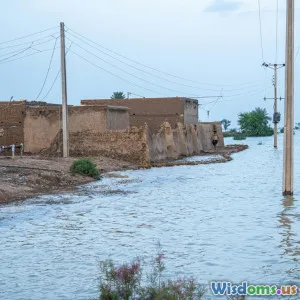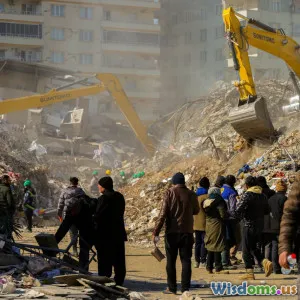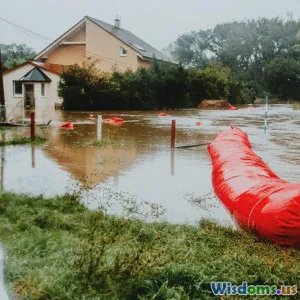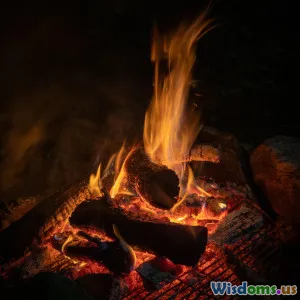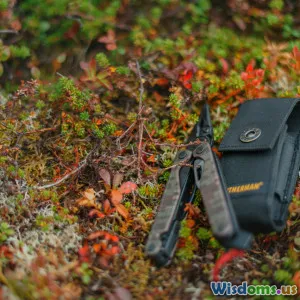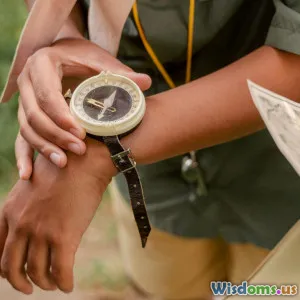
A FirstTimers Account Surviving a Flash Flood and Lessons Learned
8 min read A firsthand account of surviving a sudden flash flood, with crucial lessons on preparedness and safety. (0 Reviews)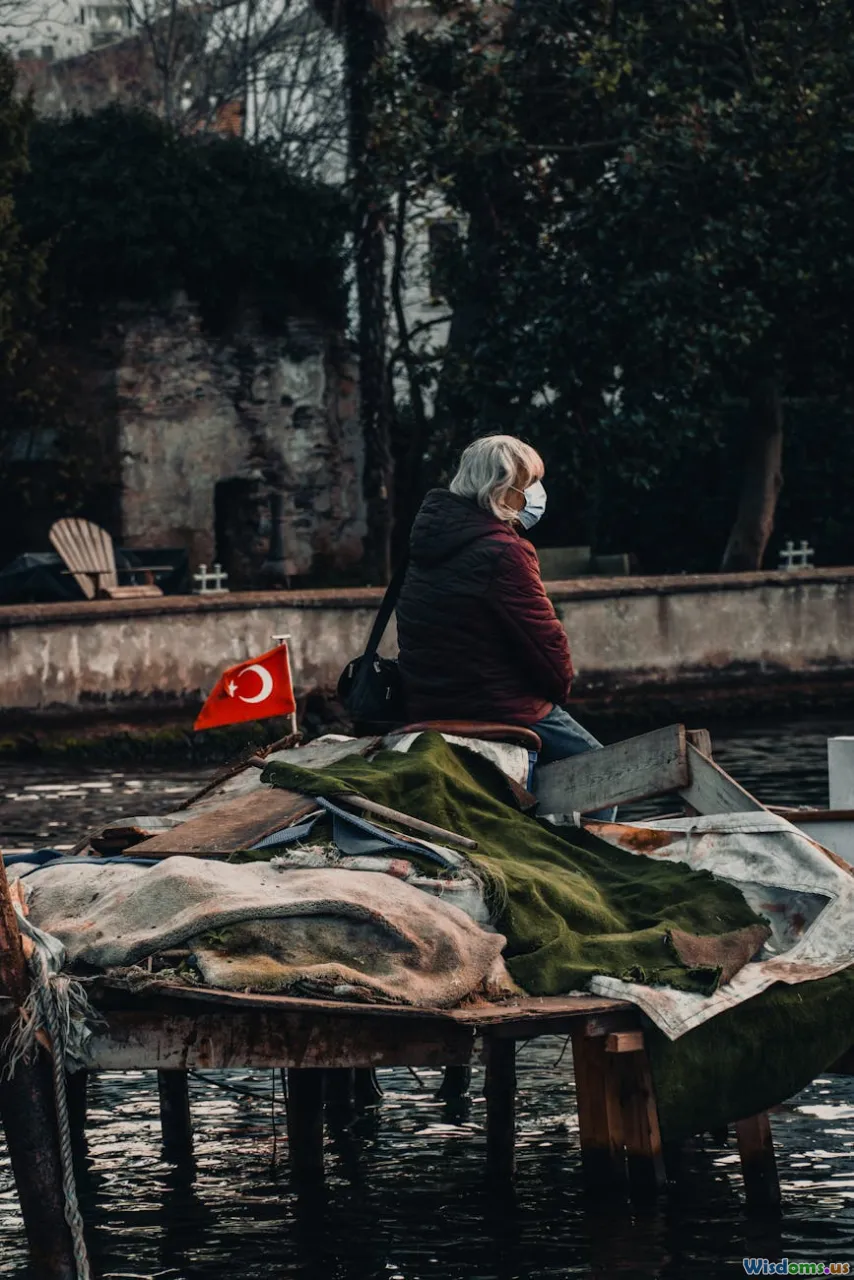
A FirstTimer’s Account Surviving a Flash Flood and Lessons Learned
Imagine this: one moment, you're enjoying a peaceful hike along a forest trail, and the next, rushing water turns the serene landscape into a rushing river. This is the reality of flash floods—rapid, intense, and often deadly. This article recounts a first-timer's harrowing experience surviving a flash flood, unpacking vital lessons on emergency preparedness, real-time decision-making, and safety tips everyone should know.
Introduction: The Unexpected Fury of Flash Floods
Flash floods are sudden floods that occur within six hours of heavy or excessive rainfall, often without much warning. They tend to be localized but can reach tremendous speeds and volumes of water. According to the National Weather Service, flash floods can produce water flow speeds ranging from 6 to 25 feet per second, fast enough to uproot trees or vehicles.
Unlike traditional floods, flash floods are short-lived but far more dangerous given their unpredictability and speed. Being caught unaware can have life-threatening consequences, as many victims find themselves trapped or swept away.
This article provides an intimate, detailed account from someone who encountered a flash flood for the first time—and lived to tell the tale.
Body
The Start of a Normal Day Turned Chaotic
On a sunny summer morning, Alex (name changed for privacy), a hiking enthusiast but new to wilderness adventures, decided to explore a popular nature trail near a mountainous region. The weather forecast had shown a chance of rain, but Alex didn’t anticipate more than a drizzle.
The trail followed a dry creek bed that was usually safe to cross, with signs of previous seasonal floods but rarely dangerous conditions. About two hours into the hike, distant clouds gathered rapidly. Then, suddenly, a thunderstorm erupted upstream—a classic trigger for flash floods.
Within minutes, the once-dry creek bed transformed into a raging torrent. Alex realized that the calm path had become hazardous in moments—visually powerful but physically threatening.
Understanding the Dangers: Nature’s Speedy Surge
Flash floods often happen upstream or nearby, and rain might not even be falling where a person is. This sudden surge of water caught Alex off guard. According to experts at the Federal Emergency Management Agency (FEMA), flash floods develop too quickly for most warning systems to activate.
Alex noted:
"Before the flood, it felt completely safe—no visible water overhead, just ominous clouds. The water came like a wall, fast-moving and loud, making it impossible to stand against."
The rapid increase in water level poses extreme risks because the force can knock down or carry people away easier than other natural hazards.
Immediate Reaction: Decision-Making in Crisis
Caught mid-hike, Alex’s survival hinged on split-second decisions. Remembering basic safety advice, Alex moved to higher ground immediately. This instinct came from last-minute reading about outdoor safety and emergency preparedness.
One critical lesson here: never ignore local weather warnings, even mild ones, and avoid low-lying or dry creek areas during thunderstorms.
Alex’s survival steps included:
- Quickly unslinging the backpack to reduce weight.
- Climbing tall, sturdy trees to avoid water.
- Calling emergency services as soon as cell signal reappeared.
FEMA and the Red Cross emphasize these steps as core to surviving flash floods—seeking elevation, shedding heavy loads, and communicating when safe.
Aftermath: Evaluating the Impact and Recovery
Luckily, the floodwaters receded within an hour, leaving behind mud, debris, and damaged trails. Alex safely descended after emergency responders arrived to assist other hikers stranded downstream.
The experience left psychological and physical scars but also reinforced preparedness lessons. Alex was inspired to build an emergency kit specifically for hikes, including:
- A whistle and waterproof flashlight for signaling
- Compact first aid kit
- Emergency thermal blanket
- Portable water purifier
- Local weather radios
Learning from others and personal experience, Alex embraced education programs from national parks and local emergency services to better anticipate sudden weather events.
Broader Lessons: Why Your Preparedness Matters
Flash floods claim over 100 lives annually in the U.S. alone. Many, like Alex, are first-timers who underestimate nature’s power. Key takeaways include:
Know your environment: Understand flood-prone areas when planning activities.
Check weather reports and alerts: Emergency alert systems like the Wireless Emergency Alerts (WEA) provide timely notifications.
Avoid dry creek beds or narrow canyons during rain: These areas become flash flood hotspots.
Have an emergency plan: Learn evacuation routes, pack survival gear, and discuss plans with fellow hikers or family.
--
Conclusion: Facing Nature with Preparedness and Respect
Alex’s flash flood encounter underscores a vital truth: nature’s power is unpredictable, but preparedness can be a lifesaver. Flash floods don’t announce themselves with grand gestures, making our respect and vigilance critical.
By embracing knowledge, planning ahead, and swiftly reacting to hazards, anyone can increase their chances of survival in such emergencies. Hopefully, Alex’s story not only inspires caution but sparks a commitment in readers to be informed, alert, and ready next time the skies darken and water rises.
Remember, safety is rooted in preparedness. Check local conditions before your next outdoor adventure—and never underestimate rapid natural events like flash floods.
References & Further Reading
- National Weather Service (NWS): Flash Flood Safety Tips. weather.gov
- Federal Emergency Management Agency (FEMA): Flash Floods Safety. fema.gov
- American Red Cross: Preparedness for Outdoor Emergencies.
- CDC Flood Safety Tips. cdc.gov
This account highlights how vital situational awareness and readiness are for first-timers exploring nature. Stay safe and informed!
Rate the Post
User Reviews
Popular Posts










